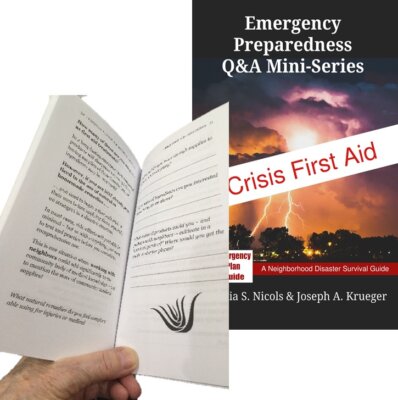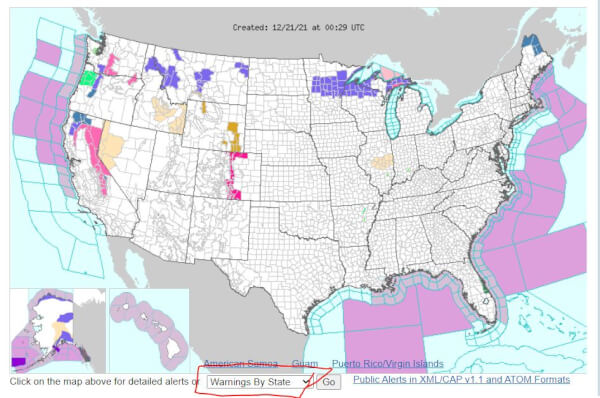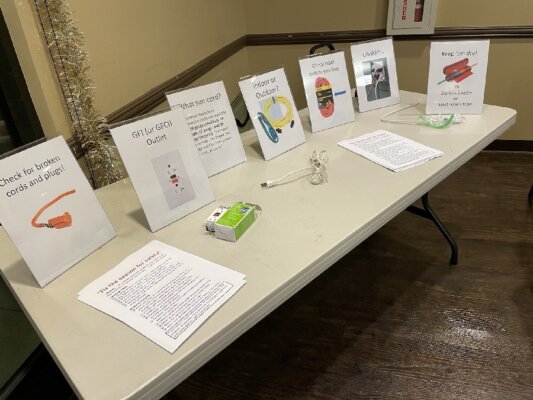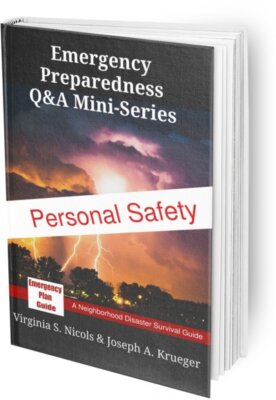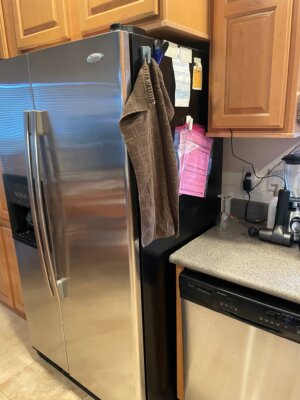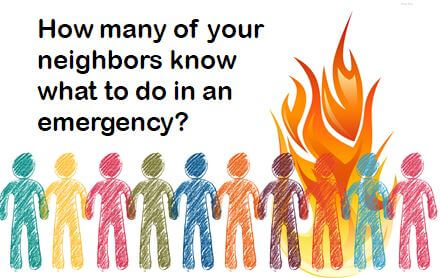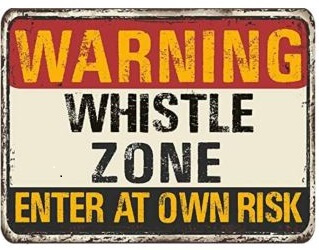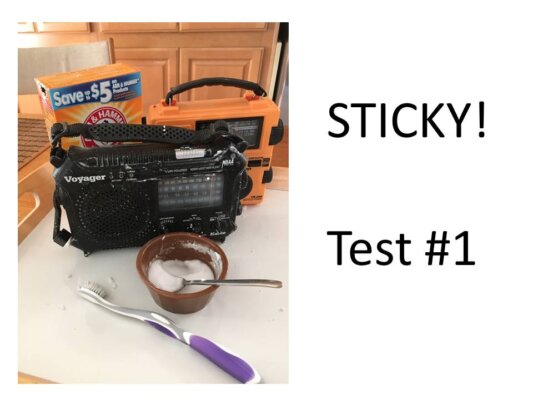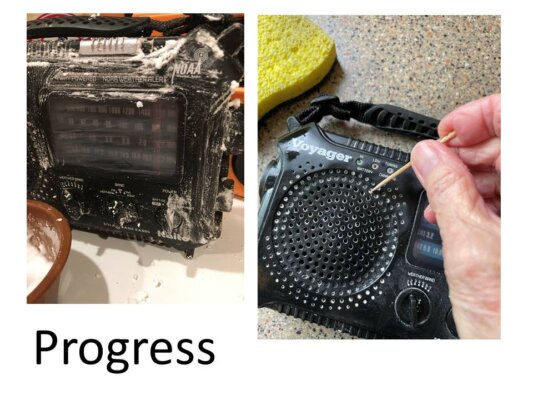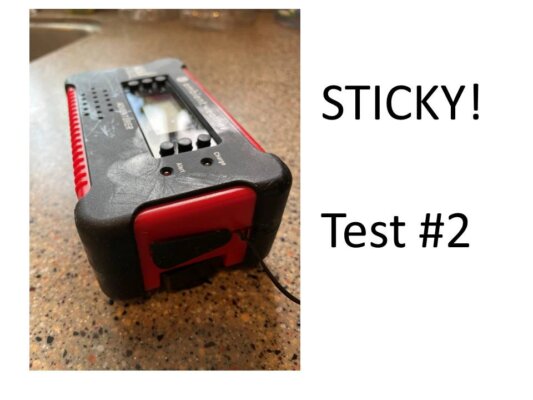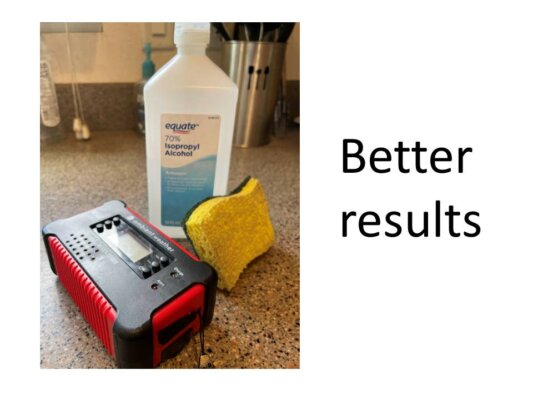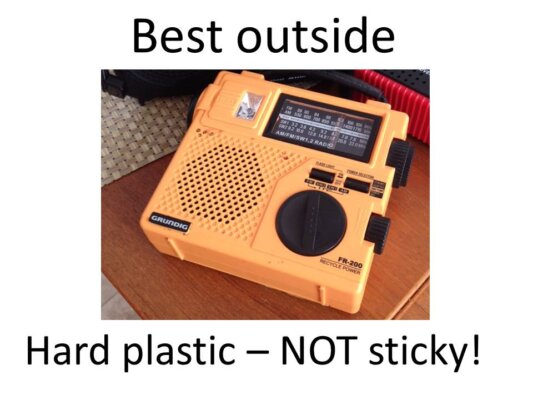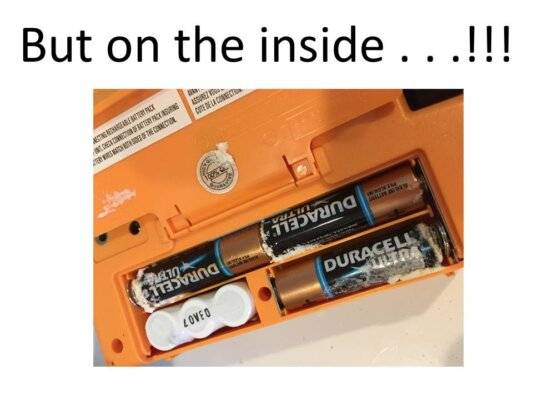Your Home Inventory — Missing in Action?

I am an avid list maker. I’ve been known in certain circles as “The Queen of Lists.” (It’s a toss-up as to whether that title is meant to be admiring or annoyed.) Still, with all the hundreds or even thousands of lists I’ve created and operated with, one has been missing: a detailed home inventory.
Yes, we have some partial lists. (Joe loves building databases.) But covering EVERYTHING? Nope.
We’re going to need the inventory sooner or later.
Just like some other aspects of emergency preparedness, this one gets overlooked by a lot of people. Yet in any disaster, we’re going to need that home inventory!
- House burns down to the ground, Can we PROVE to the insurance company what we lost?
- Storm damages our home and garage. Insurance company low-balls the cost of repairs. A claims adjustor wants 15% to help. Will we get what we need in order to recover?
- Family member passes away. One of us is named executor. The job of executor (slightly different in every state, unfortunately) is to inventory all the assets before the will can be probated. If I have to do it, or my kids have to do it, how long will that take? Who is meant to get what? Whose feelings are going to get hurt along the way?!
Yes, building a detailed inventory can be daunting!
If you start making lists of your belongings when you’re in your teens, it might be easy just to keep adding to them. But most of us don’t. And all of us keep adding stuff! Just swivel around in your chair right now. Take a look at everything around you – it’s likely to add up to dozens or even hundreds of individual items!
But that’s just how to start – by listing everything in your home, room by room.
The actual process may take time, but it needn’t be complicated.
Start with pen and paper.
You can find many useful and free LISTS on line that will help you get started with paper and pen. (Search for “home inventory list templates.”) In fact, your own property insurance company may have templates you can request or download. But take the time to research. Get a template that’s not too simple, not too complicated, just right for your use.
Here’s an example of home inventory lists from New York Central Insurance. It consists of 18 pages of lists, room by room. The first page also has ideas on how to store your lists so they will be available when you need them. As you will see, this template also has a place for the name of the manufacturer, serial number, date purchased and purchase price.
Other templates may give you a place to show whether you have the actual purchase receipt, plus what it would cost to replace in today’s dollars. One thing I didn’t see on any of the simple lists: “Who is to inherit this.”
Lots of detail already! But if you’re like Joe, you want even more info on each item So you’ll probably consider expanding your list into a database of some sort. That way you can add everything!
You’ll quickly see the value of photos as part of your home inventory.
As soon as you begin making your list, particularly when you start listing one-of-a-kind items, you’ll realize you need to add photos. For collectibles, you’ll want to add the name of the artist or creator, appraised or estimated sales value (as part of a collection or alone), etc. (For these specialty items, you may also discover that you’ll need to add a rider to your homeowner’s policy. Most policies have a limit for jewelry, art, etc.)
And don’t overlook important financial and personal documents! Best and easiest way to store them is as photos, too.
Once again, start simply. Use your camera to take a video of each room, all four walls and ceiling. This is a great start to establish what you actually own. Then, you can video or take individual photos of specific items to match them to your paper or digital inventory list.
Research tools for collectibles: I inherited a brass Chinese tea caddy from my grandfather. How to find out more about it, and what it is worth? First, I headed to Google Images to look at similar items for sale, mostly on Etsy but some via galleries. Recently I discovered that my new iPhone has Google Lens – an app. You take a photo and then Google looks across the whole universe for similar items for you! Possibly an exaggeration. But it’s using artificial intelligence – and is impressive!
Surely there are programs to help make building the home inventory simpler!
Yes, there are. In fact, search for “Home Inventory Programs” and you can find dozens of them. Prices range. (I noticed in my own search that many of the programs were created a dozen or more years ago. Many don’t seem to have been updated since. Read the fine print.) There are well-known brands represented along with specialty products for particular uses.
Look for these feature as you shop:.
- FREE software to download. Check to see how much info you can enter (usually limited). Check how your information can be accessed and/or printed out. You may be able to buy “additional features” for separate small fees.
- FREE software to download, followed by pay per month or per year. Note that in some of these cases you are paying because the owner of the software is keeping your data on their server.
- One-time program purchase. Again, look carefully at what information you are able to record and how you can retrieve it. For example, can you download a pdf? A comma delimited file (or comma separated file) for a spreadsheet? Where does the inventory information reside: on your own computer, on another website, or in the cloud? Will the software be updated?
- All-in-one programs do their best to combine everything you’d want, starting with automatic insertion of new items into the database where they belong. They’ll offer regular updates, search and sort capabilities, cloud storage, robust security and training videos. If you are serious, take a look at Pinventory.com. It offers a free trial. (I got owner Carol Kaufman to guide me through — and I was impressed! Used my iPhone to take a photo of a shelf of my own books. Within just a second everything appeared right on my PC’s “Home Office” inventory page!) The folks at Pinventory may also be able to give you personalized help if you need it.
How and where to store your home inventory.
As you have realized by now, anything you store IN YOUR HOME may be lost in the disaster. You’ll want to store hard copies in a safe or a safe deposit box. Store digital copies on your phone, computer, an external drive off-site, and in the cloud. Make a plan for regular updates.
However “prepared” you consider yourself, if you haven’t done a household inventory you are leaving yourself open for financial loss and emotional trauma. Putting it off only makes it worse!
Hope you can get started today!
Virginia
Your Emergency Plan Guide team
P.S. Any horror stories about losing time and money because no inventory could be found? Any good news stories because an inventory was available? Please share!









